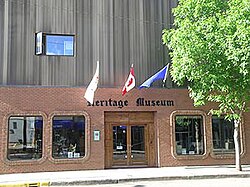
Wetaskiwin is a city in the province of Alberta, Canada. The city is located 70 kilometres (43 mi) south of the provincial capital of Edmonton. The city name comes from the Cree word wītaskiwinihk, meaning "the hills where peace was made".

The National Museum of American History: Kenneth E. Behring Center is a historical museum in Washington, D.C. It collects, preserves, and displays the heritage of the United States in the areas of social, political, cultural, scientific, and military history. Among the items on display is the original Star-Spangled Banner. The museum is part of the Smithsonian Institution and located on the National Mall at 14th Street and Constitution Avenue NW in Washington, D.C.

The Reynolds-Alberta Museum is an agricultural, industrial, and transportation museum in Wetaskiwin, Alberta, Canada. The museum is situated on an 89-hectare (220-acre) property containing the main museum building, an aviation display hangar, and its storage facility.
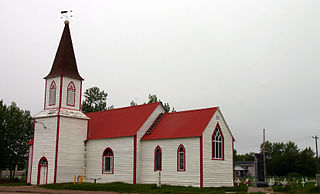
Moose Factory is a community in the Cochrane District, Ontario, Canada. It is located on Moose Factory Island, near the mouth of the Moose River, which is at the southern end of James Bay. It was the first English-speaking settlement in lands now making up Ontario and the second Hudson's Bay Company post to be set up in North America after Fort Rupert. On the mainland, across the Moose River, is the nearby community of Moosonee, which is accessible by water taxi in the summer, ice road in the winter, and chartered helicopter in the off-season.

Fort Edmonton Park is an attraction in Edmonton, Alberta, Canada. Named for the first enduring European post in the area of modern-day Edmonton, the park is the largest living history museum in Canada by area. It includes both original and rebuilt historical structures representing the history of Edmonton, and is staffed during the summer by costumed historical interpreters.
Horaceville is a historic site located on the Ottawa River in eastern Ontario, Canada. The site remained the property of the heirs of Hamnett Kirkes Pinhey until the 1970s, when the property was sold to the township. Today, The 88-acre (360,000 m2) heritage site is owned and operated by the City of Ottawa and Pinhey's home serves as a museum. The museum is open May 14 through August 31, Wednesdays to Sundays, 11 am to 5 pm. This location is also known as Pinhey's Point Historic Site. The property was designated by the City of Ottawa under Part IV of the Ontario Heritage Act as having cultural heritage value or interest. A bronze plaque erected on the site by the Ontario Heritage Foundation describes the property's history: "Hamnet Kirkes Pinhey 1784 - 1857 - A merchant and ship owner in his native England, Pinhey came to Upper Canada in 1820. For his services as King's messenger during the Napoleonic Wars, he received a 1000 acres land grant on the Ottawa River. Within a decade he had built up an estate which he named Horaceville after his elder son. In addition to a manor house and barns, it included mills, a store and church. Pinhey took a leading part in township and district affairs. He was appointed to the Legislative Council in 1847, served as Warden of the Dalhousie District, and as the first Warden of Carleton County. Horaceville remained in family hands until 1959 when it was purchased by the National Capital Commission."

The Montreal Holocaust Museum is a museum located in Montreal, Quebec, Canada. It is dedicated to educating people of all ages and backgrounds about the Holocaust, while sensitizing the public to the universal perils of antisemitism, racism, hate and indifference. Through the museum, its commemorative programs and educational initiatives, it aims to promote respect for diversity and the sanctity of human life. The Museum was founded in 1979 as the Montreal Holocaust Memorial Centre and is Canada's first and only recognized Holocaust museum.
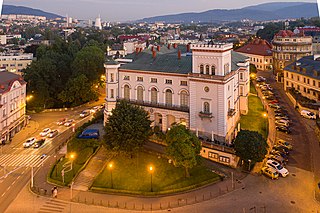
The Bielsko-Biała Museum, also known as the Castle of the Sułkowski Princes is a museum for the city of Bielsko-Biała, Poland located in the historical Bielsko Castle. Three local branches of the museum have been established since the 1970s: the Julian Fałat Museum, the Museum of Technology and Textile Industry, and the Weaver's House Museum.

Doon Heritage Village, located at the Ken Seiling Waterloo Region Museum, is a picturesque 60 acre living history village that shows visitors what life was like in the Waterloo Region in the year 1914. It is located in the former Doon village, now part of Kitchener, Ontario, Canada, next to Homer Watson Park.

Wellington Museum is a museum on Queens Wharf in Wellington, New Zealand. It occupies the 1892 Bond Store, a historic building on Jervois Quay on the waterfront of Wellington Harbour. In 2013, it was voted by The Times as one of the world's 50 best museums.
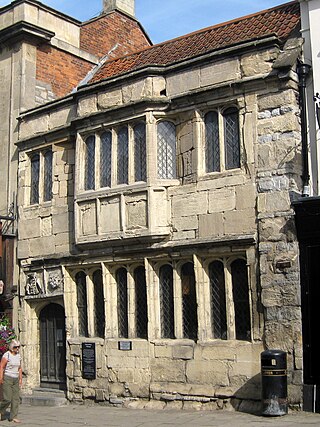
The Tribunal in Glastonbury, Somerset, England, was built in the 15th century as a merchant's house. It has been designated as a Grade I listed building.

Ilkley Manor House, Ilkley, West Yorkshire, England, is a local heritage museum, art gallery, and live venue, and was established in the present building in 1961 to preserve local archaeological artefacts after the spa town expanded and much Roman material was lost. It was managed by Bradford Council Museums and Galleries department but had to be closed in 2013 owing to lack of funds. In order to keep the building open to the public, the Ilkley Manor House Trust was formed, and in April 2018, Bradford Council transferred the Manor House and three adjacent cottages to the Trust as a community asset transfer.

The National Museum of Bermuda, previously the Bermuda Maritime Museum from its opening in 1974 until 2009, explores the maritime and island history of Bermuda. The maritime museum is located within the grounds of the fortress Keep of the former Royal Naval Dockyard in Sandys Parish on the Ireland Island at the western end of Bermuda. The museum publishes a number of books relating to Bermuda's history.

The Museum of Design Atlanta (MODA) is a design museum located in Atlanta, Georgia, United States. It is billed as “the only museum in the Southeast devoted exclusively to the study and celebration of all things design."

The Novium is a museum in Chichester, West Sussex, southern England. The name comes from the Roman name for the city, Noviomagus Reginorum.
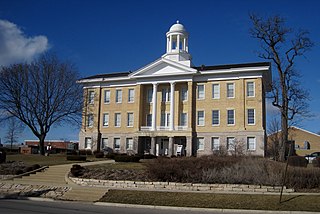
The Elgin Area Historical Society is a non-profit organization that preserves and presents the history of the Elgin, Illinois area. Located at 360 Park Street in Elgin, Illinois on the Elgin Academy campus. The historic "Old Main" building houses offices, research facilities, the Elgin History Museum, and a gift shop.
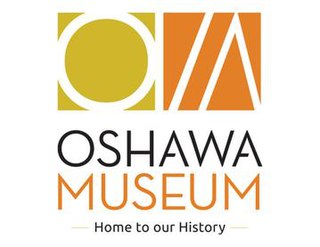
The Oshawa Museum is a historical museum founded by the Oshawa Historical Society, located in Oshawa, Ontario, Canada. It has a dual role as a museum; exhibits for the general public, and archival storage of the city's historical documents. Every building in the museum is designated under the Ontario Heritage Act The museum preserves and celebrates the history of Oshawa, and the surrounding area from the 15th century to the present day.

The Justice and Police Museum is a heritage-listed former water police station, offices and courthouse and now justice and police museum located at 4-8 Phillip Street on the corner of Albert Street, in the Sydney central business district in the City of Sydney local government area of New South Wales, Australia. It was designed by Edmund Blacket, Alexander Dawson and James Barnet and built from 1854 to 1886. It is also known as Police Station & Law Courts (former) and Traffic Court. The property is owned by the Department of Justice, a department of the Government of New South Wales. It was added to the New South Wales State Heritage Register on 2 April 1999.
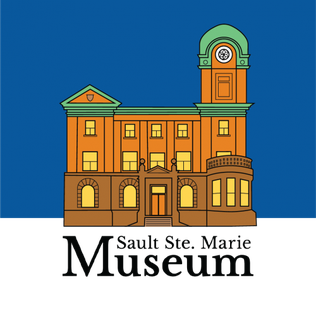
Sault Ste. Marie Museum is a museum in Sault Ste. Marie, Ontario, Canada. Built as a post office from 1902 to 1906, this building became a museum in 1982 when it was purchased by the City of Sault Ste. Marie. It is operated by the Sault Ste. Marie & 49th Field Regiment R.C.A. Historical Society.
Strathnaver Museum is located in Bettyhill, Sutherland, Scotland. It is a fully accredited volunteer-run independent museum which first opened in 1976. It explores the history of north west Sutherland through the context of the Highland Clearances. The Clan Mackay Centre is located on the 1st floor of the main museum building.
